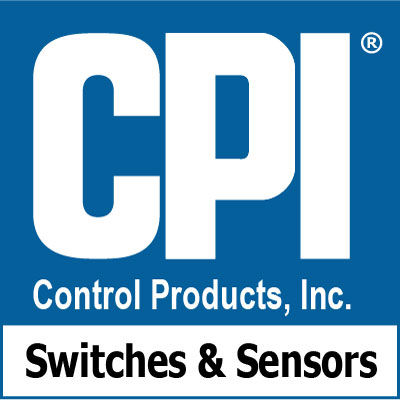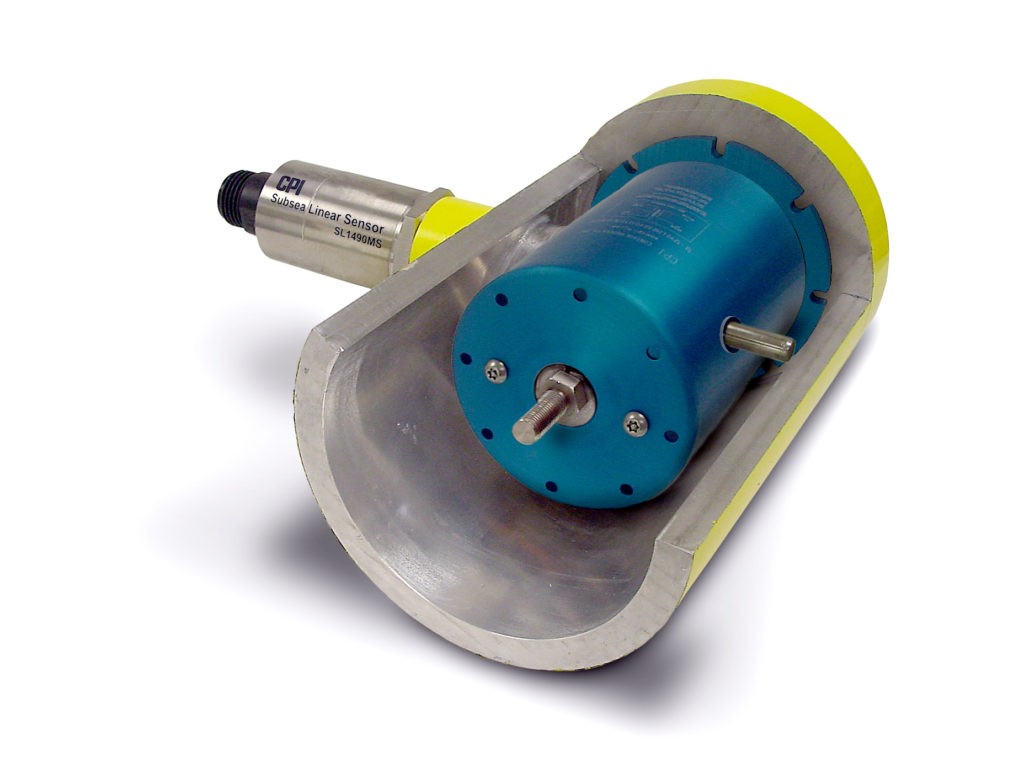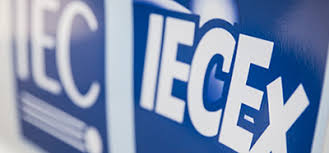
Like many other USA based manufacturers, CPI had many reasons to be optimistic about 2021 back in December of 2020. A COVID vaccine was on the horizon, business was off, but continued at reasonable levels. There was lots of talk about pent up demand and lots of justifiable pride over our decisions to invest in our infrastructure during a time of great uncertainty. Yes, 2021 was going to be the year we put the pandemic in the rear view mirror and moved on to brave new worlds, or at least an extremely welcome status-quo.
And while 2021 was indeed a different and positive year in many ways, it was also more of the same. That rear view mirror remained foggy, and in some cases showed us exactly what we saw last year.
The global business environment remains challenging and despite some effort by governments and individuals, the pandemic remains with us, having gifted us with the omicron variant which made cautionary tales and behavior as necessary this year as last. Early year optimism has been replaced with more caution, and inflationary fears have become part of the conversation again for the first time in a long time. The effects of global warming are accelerating at a breathtaking pace, and cultural shifts in the work force have brought the changing work-life value systems of young workers to the forefront as baby boomers retire.
So where does that leave manufacturers like CPI? While there is no doubt that everyone is affected by global changes in the supply chain, inflation, and trade, we believe the key is to remain nimble and accepting in a fundamentally changing world. In 2021, we became part of discoverIE Group, a synergistic partnership that has proved prescient in the face of global economic changes. With access to a renewed presence throughout Europe and Asia as well as the USA, CPI solidifies its visibility in distribution channels and its resilience against market upheaval. Our centralized, US based manufacturing continues to be a tremendous competitive advantage in terms of responsiveness, with over 95% of our raw material sourced from the USA.
We continue to provide unique solutions to engineering problems through our waterproof switch, thermal switch, and draw wire sensor product lines, and in 2021 we drove hard into the green economy by targeting our sales and marketing efforts on green energy products in the electric vehicle, wind and solar markets — a trend we expect to continue into 2022.
When we look forward to 2022, we are cautiously optimistic about many of the same things we were cautiously optimistic about last year. We are especially thankful for the dedicated employees who come to work every day and take all necessary precautions to protect themselves and their co-workers. We’re thankful for our customers who kept the faith and continue to work with us to discover new and exciting applications for our products.
We’re cleaning off the rear view mirror, again, and we may finally see the things in there we expected to see last year. But regardless of what happens, CPI is looking forward. To learn more about us, please visit our website at: https://www.cpi-nj.com/
Original content published: https://www.cpi-nj.com/looking-at-2021-the-rear-view-mirror-that-wasnt/



 one type of riser-tensioner system hard at work, keeping the movement of the ocean from placing undue pressure on the well head of an active rig. Our SL-2000 is a perfect Linear Position Sensor for the Hydraulic accumulators used in this applications because it is ATEX rated, is 100% waterproof, and can be mounted either internally, or external to an existing hydraulic cylinder.
one type of riser-tensioner system hard at work, keeping the movement of the ocean from placing undue pressure on the well head of an active rig. Our SL-2000 is a perfect Linear Position Sensor for the Hydraulic accumulators used in this applications because it is ATEX rated, is 100% waterproof, and can be mounted either internally, or external to an existing hydraulic cylinder.






 piston type cylinder that monitors the rise and fall of liquid in the tank. The sensor is entirely exposed to sea water sitting 2 miles below the surface, running fully submerged at a pressure within 10 psi of the ambient pressure. Specifications call for for our sensor to operate in seawater at up to 6000m depth or over 8800 psi. Operation at these depths, fully immersed in sea water is actually no problem for our patented sensor technology which is uniquely designed with materials that are non-compressible, and withstand corrosive seawater and hydraulic fluids alike. Our sensor can be mounted and operate fully submerged in virtually any type of fluid medium while maintaining robust operation and an extremely long life.
piston type cylinder that monitors the rise and fall of liquid in the tank. The sensor is entirely exposed to sea water sitting 2 miles below the surface, running fully submerged at a pressure within 10 psi of the ambient pressure. Specifications call for for our sensor to operate in seawater at up to 6000m depth or over 8800 psi. Operation at these depths, fully immersed in sea water is actually no problem for our patented sensor technology which is uniquely designed with materials that are non-compressible, and withstand corrosive seawater and hydraulic fluids alike. Our sensor can be mounted and operate fully submerged in virtually any type of fluid medium while maintaining robust operation and an extremely long life.



 The
The 
 sensor for sea-going applications on surface ships and submarines. While some of these uses are proprietary, you can read here about our use of smart cylinders on the navy’s interdiction vessel, the
sensor for sea-going applications on surface ships and submarines. While some of these uses are proprietary, you can read here about our use of smart cylinders on the navy’s interdiction vessel, the